Preserving and Presenting Heritage through Sustainable Energy Tourism: The Case of Kobarid in Slovenia
Abstract
1. Introduction
2. Methods
3. Energy Tourism in Slovenia
4. Storytelling in Energy Tourism
5. Case Study: Kobarid Substation
6. Progress and Challenges of the Kobarid Substation Project
- A special Natura 2000 conservation area (In Slovenia, there are 355 Natura 2000 zones covering over 37% of the country’s territory);
- An impact zone for the protected area of the Soča natural monument, as specified in the Ordinance declaring cultural and historical monuments and natural features in the area of the municipality of Tolmin;
- The ecologically important area of the Soča, as set out in the Decree on ecologically important areas;
- An archaeological site;
- On the margins of the littoral land of the River Soča;
- In a protected area designated through the Alpine Convention treaty, which has the purpose of sustainable development and protection of the Alps as a single spatial unit;
- The existing access road past the cemetery has inclines and bends that are not suitable for heavy lorries, which are essential for bringing in heavy electric equipment (20 MVA transformers);
- It was also established that there is very little space alongside the existing 35/20 kV Kobarid substation for construction.
7. Progress and Challenges of the Kobarid Substation Project
8. Conclusions
Funding
Institutional Review Board Statement
Informed Consent Statement
Data Availability Statement
Conflicts of Interest
References
- Calderón-Vargas, F.; Asmat-Campos, D.; Carretero-Gómez, A. Sustainable Tourism and Renewable Energy: Binomial for Local Development in Cocachimba, Amazonas, Peru. Sustainability 2019, 11, 4891. [Google Scholar] [CrossRef]
- Chuchu, T. The Link between Energy Economics, Consumer Behaviour and Tourism: A Literature Review. J. Environ. Manag. Tour. 2021, 8, 1915–1923. [Google Scholar] [CrossRef]
- Frantál, B.; Urbánková, R. Energy Tourism: An Emerging Field of Study. Curr. Issues Tour. 2017, 20, 1395–1412. [Google Scholar] [CrossRef]
- Ianioglo, A.; Rissanen, M. Global Trends and Tourism Development in Peripheral Areas. Scand. J. Hosp. Tour. 2020, 20, 520–539. [Google Scholar] [CrossRef]
- Carlisle, S.; Ivanov, S.; Dijkmans, C. The Digital Skills Divide: Evidence from the European Tourism Industry. J. Tour. Futures 2021. ahead-of-print. [Google Scholar] [CrossRef]
- Gössling, S. Technology, ICT and Tourism: From Big Data to the Big Picture. J. Sustain. Tour. 2021, 29, 849–858. [Google Scholar] [CrossRef]
- Banaszkiewicz, M.; Kruczek, Z.; Duda, A. The Chernobyl Exclusion Zone as a Tourist Attraction: Reflections on the Turistification of the Zone. Folia Tur. 2017, 44, 145–169. [Google Scholar] [CrossRef]
- Bakota, D.; Machowski, R.; Płomiński, A.; Ramanchuk, A.; Rzętała, M.; Zastavetska, L. The Disaster as a Factor in the Development of Modern Tourism. A Study Case Based on the Chernobyl Nuclear Power Plant. J. Environ. Manag. Tour. 2020, 11, 1729–1741. [Google Scholar] [CrossRef]
- Horst, D. van der Landscapes of Lost Energy: Counterfactual Geographical Imaginary for A More Sustainable Society. Morav. Geogr. Rep. 2014, 22, 66–72. [Google Scholar] [CrossRef]
- Obiščite Nas. Available online: https://www.nek.si/obiscite-nas (accessed on 13 November 2021).
- Godsil, R.D.; Brianna, G. Telling Our Own Story: The Role of Narrative in Racial Healing; American Values Institute: New York, NY, USA, 2013; p. 36. [Google Scholar]
- Vitić-Ćetković, A.; Jovanović, I.; Potočnik Topler, J. Literary Tourism: The Role of Russian 19th Century Travel Literature in the Positioning of the Smallest European Royal Capital—Cetinje. ANNALES Ser. Hist. Sociol. 2020, 30, 81–98. [Google Scholar]
- Urry, J.; Larsen, J. The Tourist Gaze 3.0; Sage: London, UK, 2011. [Google Scholar]
- Haddad, N.A.; Fakhoury, L.A.; Sakr, Y.M. A critical anthology of international charters, conventions & principles on documentation of cultural heritage for conservation, monitoring & management. Mediterr. Archaeol. Archaeom. 2021, 21, 291–310. [Google Scholar] [CrossRef]
- Albrecht, C.; Wagner, A.; Wesselmann, K.; Korb, M. The Impact of Offshore Wind Energy on Tourism; REM-Consult: Hamburg, Germany, 2013. [Google Scholar]
- Edwards, J.A.; Llurdés, J.C. Mines and Quarries: Industrial Heritage Tourism. Ann. Tour. Res. 1996, 23, 341–363. [Google Scholar] [CrossRef]
- Konečný, O. Geographical Perspectives on Agritourism in The Czech Republic. Morav. Geogr. Rep. 2014, 22, 15–23. [Google Scholar] [CrossRef][Green Version]
- Obisk Muzeja—Muzej Hidroelektrarne Fala. Available online: https://www.dem.si/sl/muzej-hidroelektrarne-fala/obisk-muzeja/ (accessed on 13 November 2021).
- Tilson, D.J. Promoting a ‘Greener’ Image of Nuclear Power in the U.S. and Britain. Public Relat. Rev. 1996, 22, 63–79. [Google Scholar] [CrossRef]
- Muzej Elektroprenosa Fala–Laško | Eles d.o.o. Available online: https://www.eles.si/muzej-elektroprenosa-fala-lasko (accessed on 13 November 2021).
- Lesjak, S. (Museum—Muzej Elektroprenosa Laško, Laško, Slovenia). Personal communication, 2021.
- Otgaar, A. Towards a Common Agenda for the Development of Industrial Tourism. Tour. Manag. Perspect. 2012, 4, 86–91. [Google Scholar] [CrossRef]
- Rodriguez, J.-F. Hydropower Landscapes and Tourism Development in the Pyrenees. J. Alp. Res.|Rev. Géogr. Alp. 2012, 100-2. [Google Scholar] [CrossRef]
- Rapid Shows in Finland. Available online: https://www.suomenvesiputoukset.fi/waterfalls/rapid-shows-in-finland/ (accessed on 13 November 2021).
- Sæþórsdóttir, A.D. Tourism and Power Plant Development: An Attempt to Solve Land Use Conflicts. Tour. Plan. Dev. 2012, 9, 339–353. [Google Scholar] [CrossRef]
- Sæþórsdóttir, A.D.; Wendt, M.; Tverijonaite, E. Wealth of Wind and Visitors: Tourist Industry Attitudes towards Wind Energy Development in Iceland. Land 2021, 10, 693. [Google Scholar] [CrossRef]
- Hockenos, P. Energy Transition Becomes a Tourist Attraction. Available online: https://www.cleanenergywire.org/news/energy-transition-becomes-tourist-attraction (accessed on 13 November 2021).
- Visit Drax Power Station. Available online: https://www.drax.com/visit-us/visit-drax-power-station/ (accessed on 13 November 2021).
- Campbell, S. Britain’s Most Unlikely Day Out? A Trip to the Power Station with Its Own Nature Reserve. Telegraph 2017, 28, 11. Available online: https://www.telegraph.co.uk/travel/destinations/europe/united-kingdom/articles/the-unlikely-nature-reserve-in-the-shadow-of-a-power-station/ (accessed on 17 November 2021).
- Mažeikienė, N. Learning the Nuclear: Educational Tourism in (Post) Industrial Sites; Peter Lang: Bern, Switzerland, 2021; p. 386. ISBN 978-3-631-84734-3. [Google Scholar]
- Olivadese, R.; Alpagut, B.; Revilla, B.P.; Brouwer, J.; Georgiadou, V.; Woestenburg, A.; van Wees, M. Towards Energy Citizenship for a Just and Inclusive Transition: Lessons Learned on Collaborative Approach of Positive Energy Districts from the EU Horizon2020 Smart Cities and Communities Projects. Proceedings 2021, 65, 20. [Google Scholar] [CrossRef]
- Lesjak, S. Otvoritev muzeja v Laškem. Available online: https://www.lasko.si/dogodki-kategorija/444-otvoritev-muzeja-v-laskem (accessed on 13 November 2021).
- Ilić, J.; Lukić, T.; Besermenji, S.; Blesić, I. Creating a Literary Route through the City Core: Tourism Product Testing. J. Geogr. Inst. Jovan Cvijic SASA 2021, 71, 91–105. [Google Scholar] [CrossRef]
- Moezzi, M.; Janda, K.B.; Rotmann, S. Using Stories, Narratives, and Storytelling in Energy and Climate Change Research. Energy Res. Soc. Sci. 2017, 31, 1–10. [Google Scholar] [CrossRef]
- Keskin, H.; Akgun, A.E.; Zehir, C.; Ayar, H. Tales of Cities: City Branding Through Storytelling. J. Glob. Sport Manag. 2016, 1, 31. [Google Scholar] [CrossRef]
- Mourik, R.; Sonetti, G.; Robison, R.A.V. The Same Old Story—Or Not? How Storytelling Can Support Inclusive Local Energy Policy. Energy Res. Soc. Sci. 2021, 73, 101940. [Google Scholar] [CrossRef]
- Bassano, C.; Barile, S.; Piciocchi, P.; Spohrer, J.C.; Iandolo, F.; Fisk, R. Storytelling about Places: Tourism Marketing in the Digital Age. Cities 2019, 87, 10–20. [Google Scholar] [CrossRef]
- Mansfield, C.; Potočnik Topler, J. An Online Museum of Stories: Literary travel writing for cultural tourism development = Spletni muzej zgodb: Literarno potopisno pisanje za razvoj kulturnega turizma = Internetski muzej priča: Književno pisanje putopisa za razvoj kulturnog turizma. In Kaštelir: Prazgodovinska Gradišča in Etnobotanika za Trajnostni Turizem = Kaštelir: Prapovijesne Gradine i Etnobotanika za Održivi turizam, 1st ed.; Friš, D., Matjašič Friš, M., Eds.; University of Maribor Press: Maribor, Slovenia, 2021; pp. 349–359. [Google Scholar] [CrossRef]
- Mossberg, L. A Marketing Approach to the Tourist Experience. Scand. J. Hosp. Tour. 2007, 7, 59–74. [Google Scholar] [CrossRef]
- Mossberg, L.; Therkelsen, A.; Huijbens, E.H.; Björk, P.; Olsson, A.K. Storytelling and Destination Development; Nordic Innovation Centre: Oslo, Norway, 2010. [Google Scholar]
- Castree, N. Geography and the New Social Contract for Global Change Research. Trans. Inst. Br. Geogr. 2016, 41, 328–347. [Google Scholar] [CrossRef]
- Cooper, A. Building Physics into the Social: Enhancing the Policy Impact of Energy Studies and Energy Social Science Research. Energy Res. Soc. Sci. 2017, 26, 80–86. [Google Scholar] [CrossRef]
- Gordon, R.; Waitt, G.; Cooper, P.; Butler, K. Storying Energy Consumption: Collective Video Storytelling in Energy Efficiency Social Marketing. J. Environ. Manag. 2018, 213, 1–10. [Google Scholar] [CrossRef]
- Marble Trout—Salmo Trutta Marmoratus. Ribiška Družina Tolmin. Available online: https://www.ribiska-druzina-tolmin.si/en/ribe/soska-postrv/ (accessed on 28 December 2021).
- Thomas, B.; Thomas, S.; Powell, L. The development of key characteristics of welsh island cultural identity and sustainable tourism in wales. Sci. Cult. 2017, 3, 23–39. [Google Scholar] [CrossRef]
- Topler, S. (Kobarid Substation, Ljubljana, Slovenia). Personal communication, September 2019.
- Komninos, N.; Pallot, M.; Schaffers, H. Special Issue on Smart Cities and the Future Internet in Europe. J. Knowl. Econ. 2013, 4, 119–134. [Google Scholar] [CrossRef]
- Almobaideen, W.; Allan, M.; Saadeh, M. Smart Archaeological Tourism: Contention, Convenience and Accessibility in the Context of Cloud-Centric IoT. Mediterr. Archaeol. Archaeom. 2016, 16, 227–236. [Google Scholar] [CrossRef]
- Mansfield, C.; Potočnik Topler, J. Building the ethnopôle: Eliciting and sharing ethnobotanical knowledge in tourism development. In Annales: Anali za Istrske in Mediteranske Študije, Series Historia et Sociologia; Znanstveno Raziskovalno Sredisce Republike Slovenije: Koper, Slovenia, 2021; Volume 31, pp. 197–208. [Google Scholar] [CrossRef]
- Potočnik Topler, J.; Zekanović-Korona, L. Digital media, perception and the selection of the 2016 Best European Destination: The case of Zadar. In Annales: Anali za Istrske in Mediteranske Študije, Series Historia et Sociologia; Znanstveno Raziskovalno Sredisce Republike Slovenije: Koper, Slovenia, 2018; Volume 28, pp. 343–354. [Google Scholar]
- Topler, S. (Kobarid Substation, IBE, d.d., Ljubljana, Slovenia). Personal communication, January 2020.
- Topler, S. (Kobarid Substation, IBE, d.d., Ljubljana, Slovenia). Personal communication, August 2020.
- Topler, S. (Kobarid Substation, IBE, d.d., Ljubljana, Slovenia). Personal communication, September 2020.
- Topler, S. (Kobarid Substation, IBE, d.d., Ljubljana, Slovenia). Personal communication, August 2021.
- Topler, S. (Kobarid Substation, IBE, d.d., Ljubljana, Slovenia). Personal communication, October 2021.
- Topler, S. (Kobarid Substation, IBE, d.d., Ljubljana, Slovenia). Personal communication, November 2021.
- The Municipality of Kobarid. Občina Kobarid. Available online: https://www.kobarid.si/objave/175 (accessed on 28 December 2021).
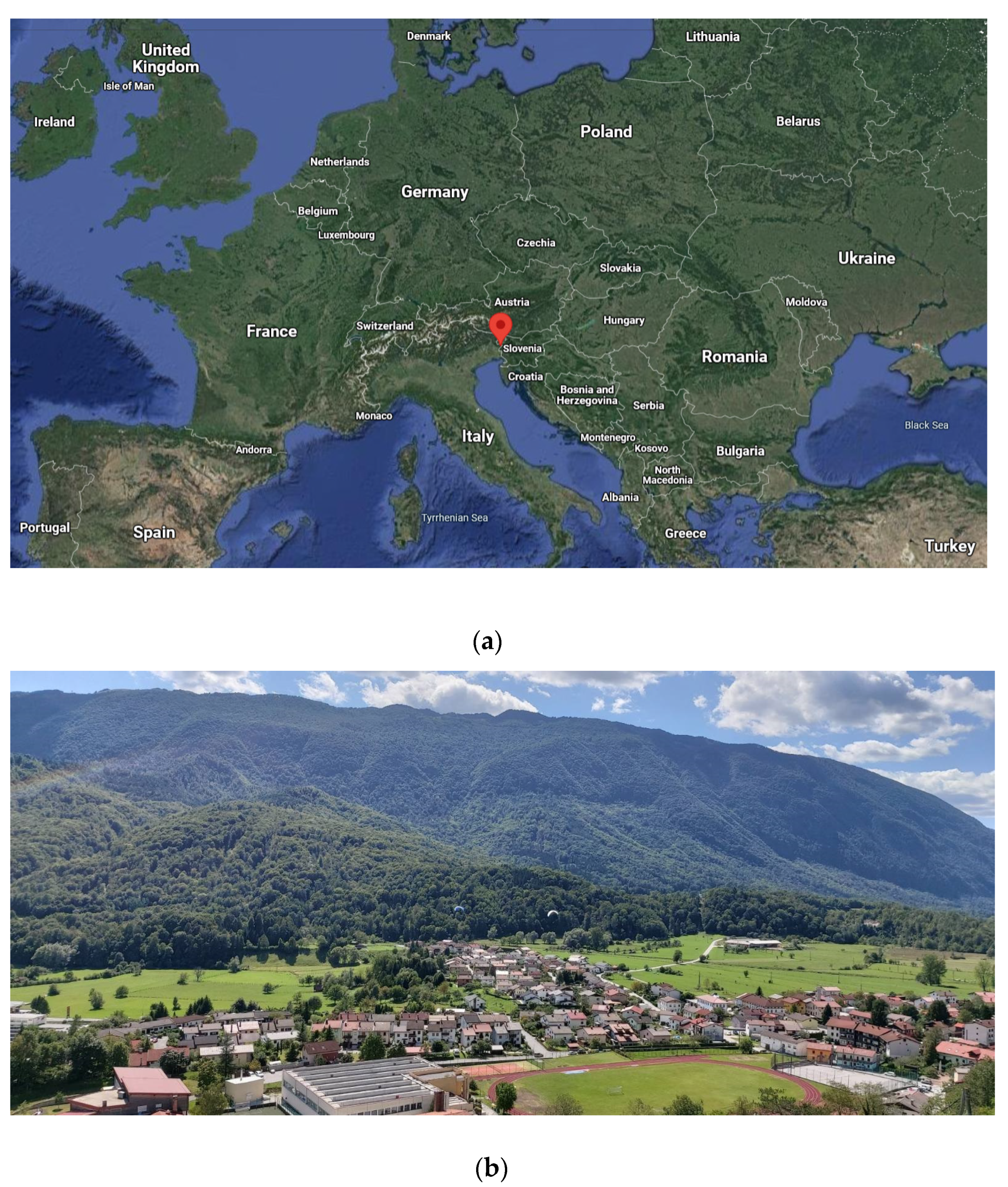
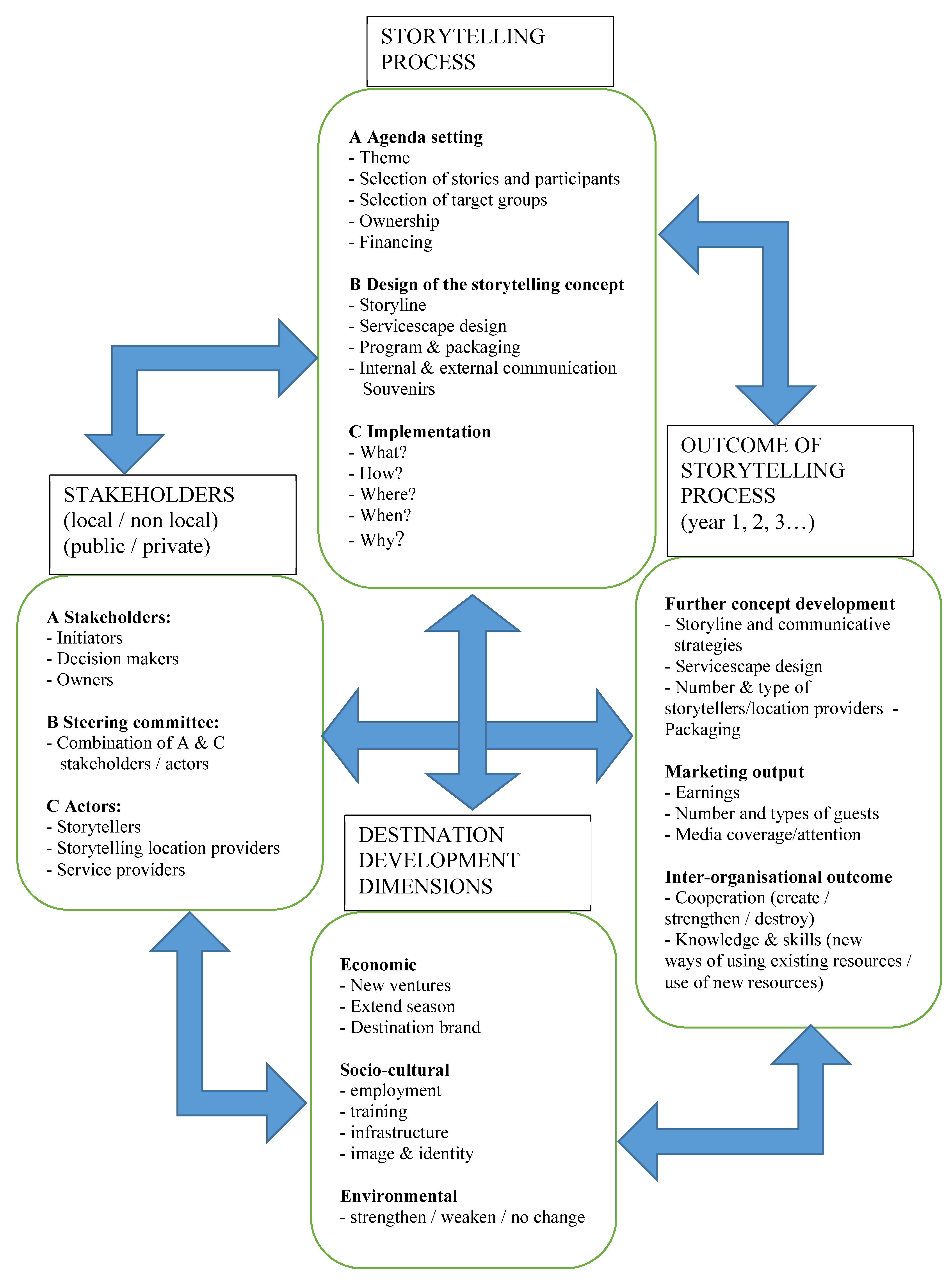
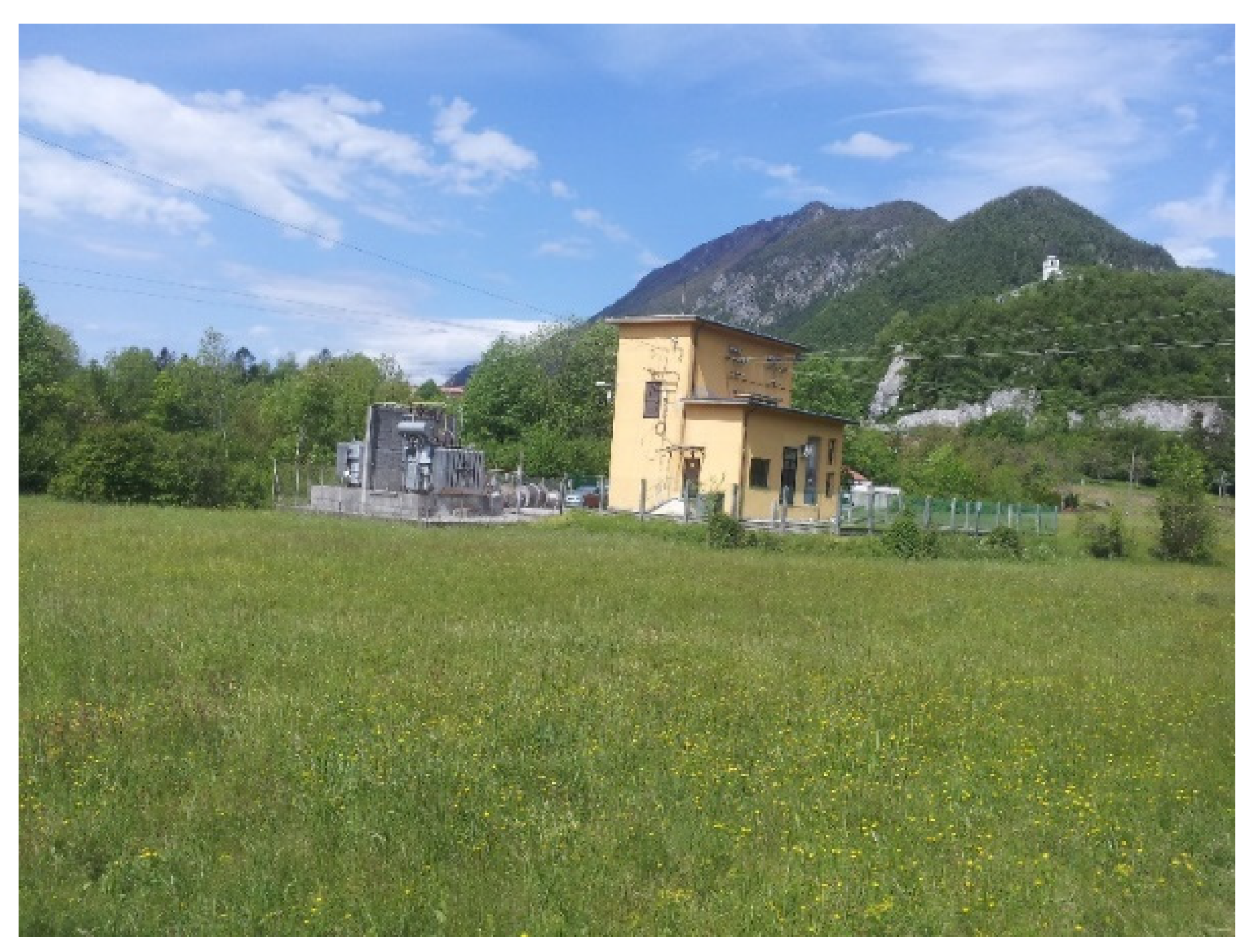
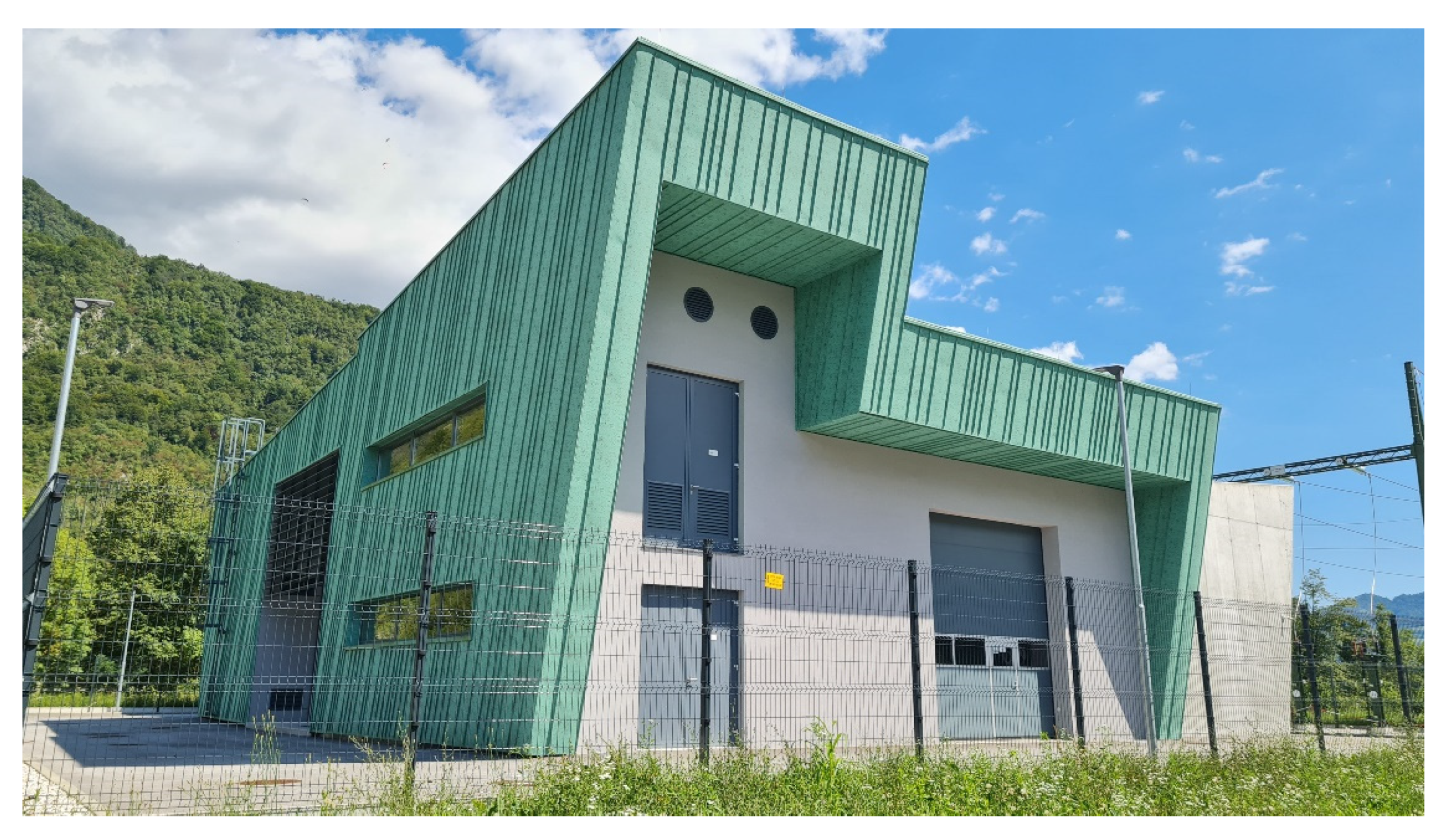
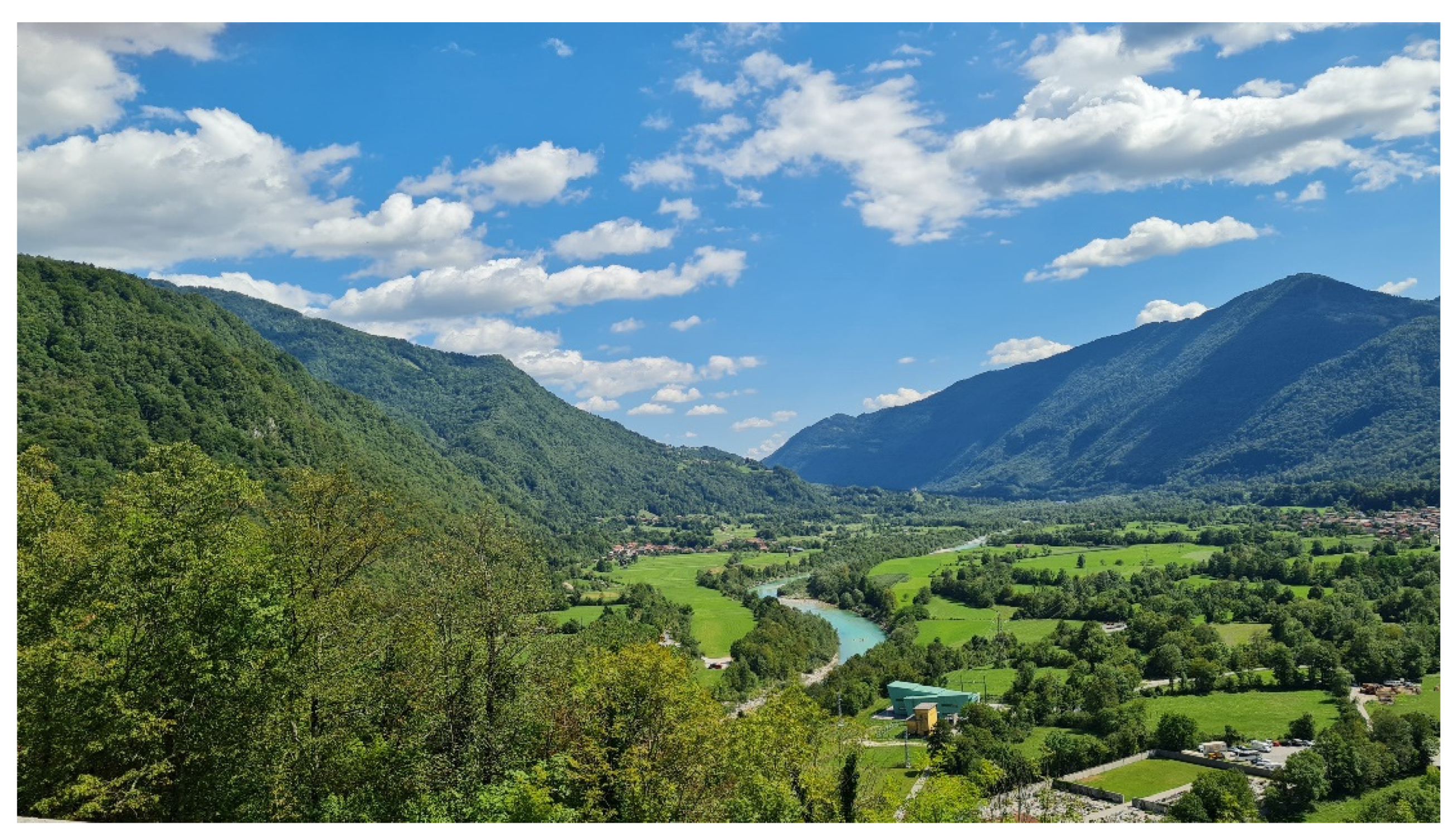
Publisher’s Note: MDPI stays neutral with regard to jurisdictional claims in published maps and institutional affiliations. |
© 2022 by the author. Licensee MDPI, Basel, Switzerland. This article is an open access article distributed under the terms and conditions of the Creative Commons Attribution (CC BY) license (https://creativecommons.org/licenses/by/4.0/).
Share and Cite
Potočnik Topler, J. Preserving and Presenting Heritage through Sustainable Energy Tourism: The Case of Kobarid in Slovenia. Sustainability 2022, 14, 659. https://doi.org/10.3390/su14020659
Potočnik Topler J. Preserving and Presenting Heritage through Sustainable Energy Tourism: The Case of Kobarid in Slovenia. Sustainability. 2022; 14(2):659. https://doi.org/10.3390/su14020659
Chicago/Turabian StylePotočnik Topler, Jasna. 2022. "Preserving and Presenting Heritage through Sustainable Energy Tourism: The Case of Kobarid in Slovenia" Sustainability 14, no. 2: 659. https://doi.org/10.3390/su14020659
APA StylePotočnik Topler, J. (2022). Preserving and Presenting Heritage through Sustainable Energy Tourism: The Case of Kobarid in Slovenia. Sustainability, 14(2), 659. https://doi.org/10.3390/su14020659





